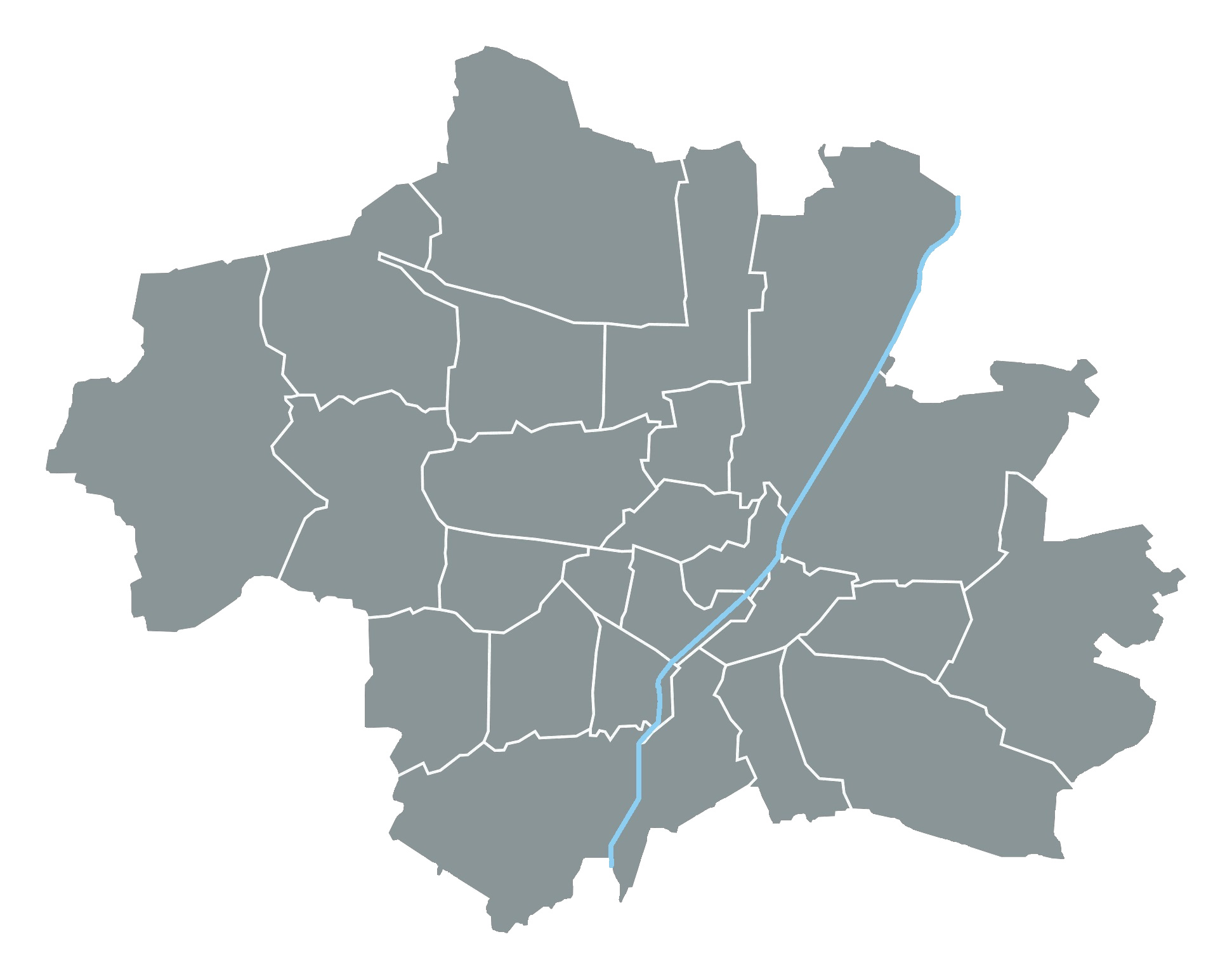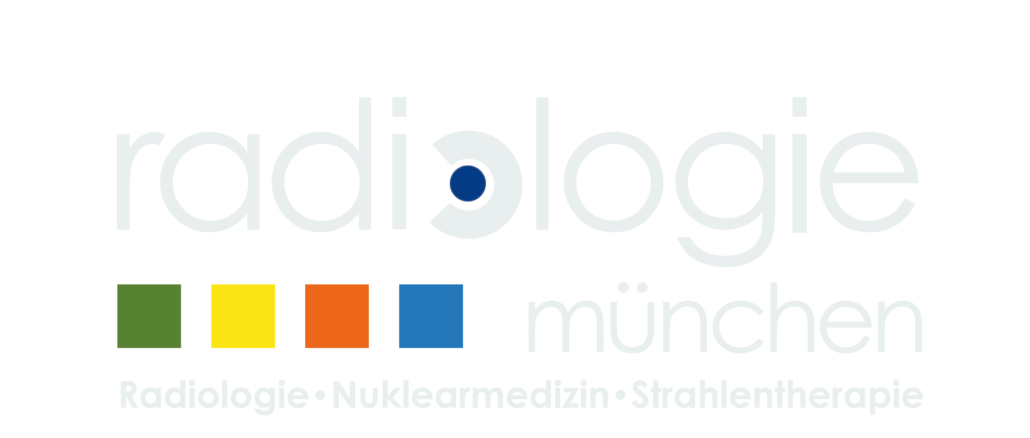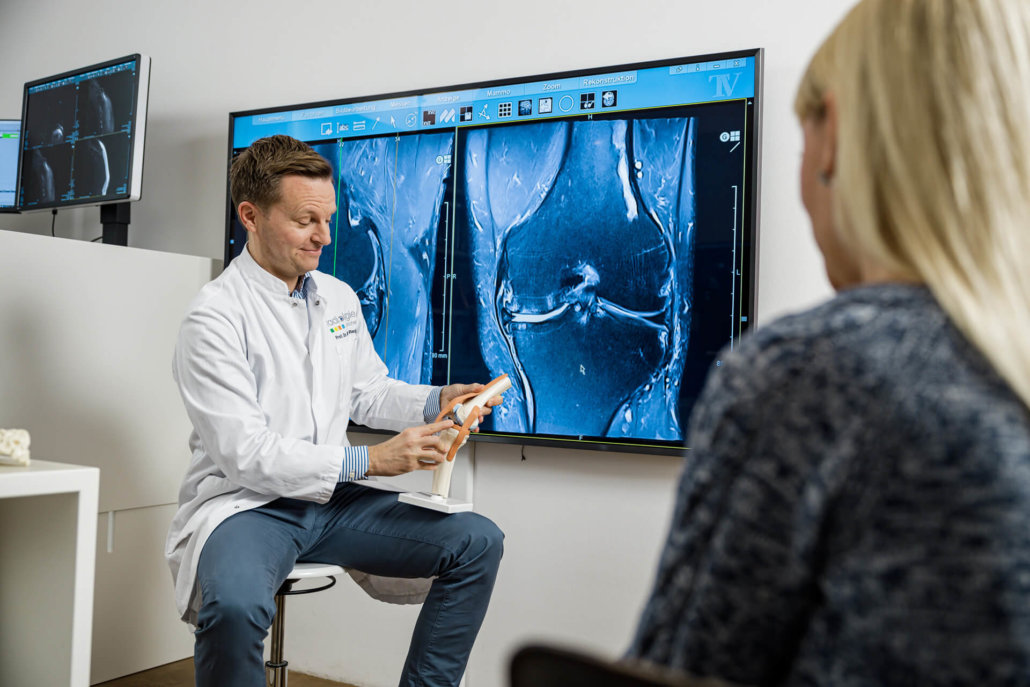Sports medicine radiology
The subfield of sports medicine deals with the radiological examination of the musculoskeletal system. This includes the bones as well as the joints, ligaments and muscles. Various methods can be used to localize injuries very precisely and assess them according to their severity. This allows subsequent therapies to be started in a precise and coordinated manner.
Arrange online appointment
Quickly and easily get an appointment at a Radiologie München practice in Radiologie München.
Where can you have a sports medicine examination?
Several locations in our group of practices are among the top radiologies from a sports medicine perspective. Prof. Dr. Mack works in Säbener Straße, among other things as a radiologist for the German soccer record champions FC Bayern Munich. Prof. Dr. Regier looks after players of the German men’s national soccer team, among others, at the Altes Hof. But you can also get excellent expertise in sports medicine at other locations.

Main areas of sports medicine
Sports medicine is part of musculoskeletal diagnostics. It deals with the musculoskeletal system and injuries caused by sports. Various complaints are assessed:
Depending on the degree of injury, its extent, and possible secondary problems, different diagnostic procedures must be used.
Used diagnostic methods in sports medicine
In addition to standard X-ray diagnostics and digital radiography, our specialists have access to the most modern, high-performance examination equipment. MRI and CT imaging in particular are becoming increasingly important in the evaluation of sports injuries.
In terms of detail, these devices enable unprecedented, high-resolution, high-contrast imaging of all body regions, even the smallest joints in the hand and foot. Basically, a development towards magnetic resonance imaging, i.e. MRI, can be seen, especially in professional sports. Due to the lack of radiation exposure and rapid diagnosis, it is increasingly becoming the “tool of choice”.
What do you need to know before an MRI?
The most accurate and low-stress procedure for sports medicine – MRI – requires little preparation.
It is also important if you bring any previous findings from cardiac catheterization, echocardiography or scintigraphy with you for the examination. If you are taking theophylline and nitro preparations, these should be suspended for 24 h in consultation with your treating physician.
If you suffer from claustrophobia or other anxiety, it is appropriate that you do not come to the MRI alone. Due to the possibly necessary administration of a sedative, you are not allowed to drive a motor vehicle, and normally you are not even allowed to actively move in road traffic (no cycling or walking longer distances) for insurance reasons.
What is the procedure for a sports medicine examination?
Our staffing and equipment setup allows us to develop an optimized examination strategy for each patient. Contrast media are also used in certain cases. We clarify the necessity in the preliminary discussion.
The examination by MRI takes up to 20 minutes, depending on the area of the body and the requirement for accuracy. During tomography, loud noises occur due to the way the MRI works. The sounds result from the change of the magnetic fields – a necessity for the generation of the images. You will receive hearing protection throughout the duration.
The image material obtained enables our medical specialists to come to a definitive diagnosis primarily for almost all patients. In rare cases, supplementary examination procedures must be used, which will be discussed with you and your physician in advance. After the diagnosis, the results are available digitally on our platform for you and your attending physicians.
Bone age
Determination of bone age for the diagnosis of growth disorders in children
Bone density
Being able to correctly assess osteoporosis risk with bone density measurement
Musculoskeletal diagnostics
Back to the overview of musculoskeletal diagnostics


